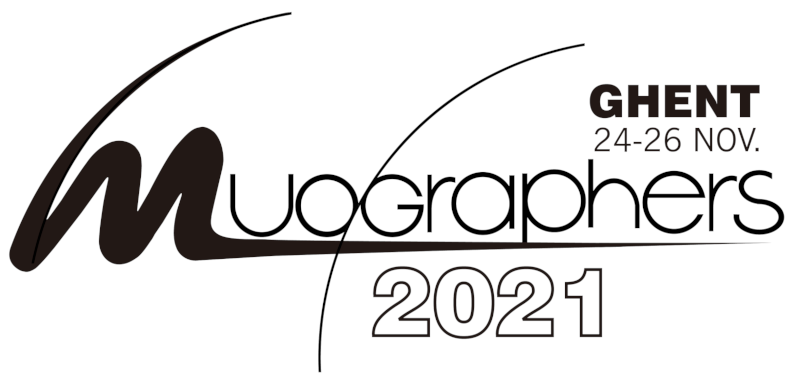Speaker
Description
We describe the Muography Program to study the volcanoes ranging from the Colombian Andes. We discuss the developed simulation framework covering the cosmic rays impinging the upper Earth's atmosphere, the geomagnetic field modulation, the particle showering along the atmosphere, the muon flux passing through the volcano edifice, the particle-detector interaction and the detector response. We built a hybrid muon telescope (MuTe) based on a composite detection technique. It combines a hodoscope for particle tracking and a water Cherenkov detector to enhance the muon-to-background-signal separation due to extensive air showers' soft and multiple-particle components. MuTe also discriminates inverse-trajectory and low-momentum muons by using a picosecond Time-of-Flight system. We describe the structural –mechanical, and thermal– behaviour of MuTe. We discuss preliminary results from the background composition and the telescope-health monitoring variables. Finally, we implement optimization algorithms to improve the volcano internal density distribution measured by our instrument and machine learning techniques for background rejection.
